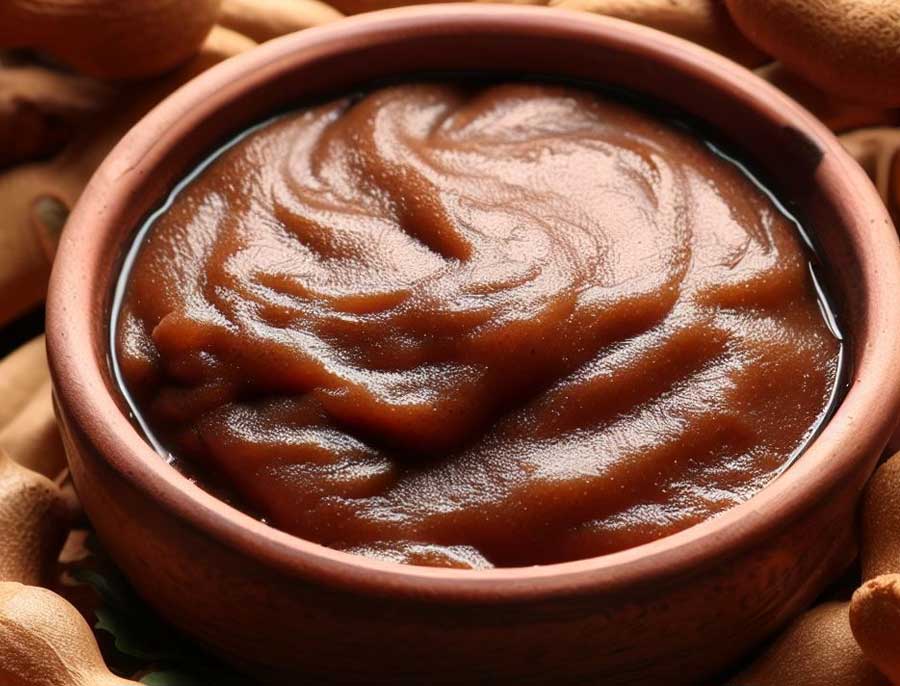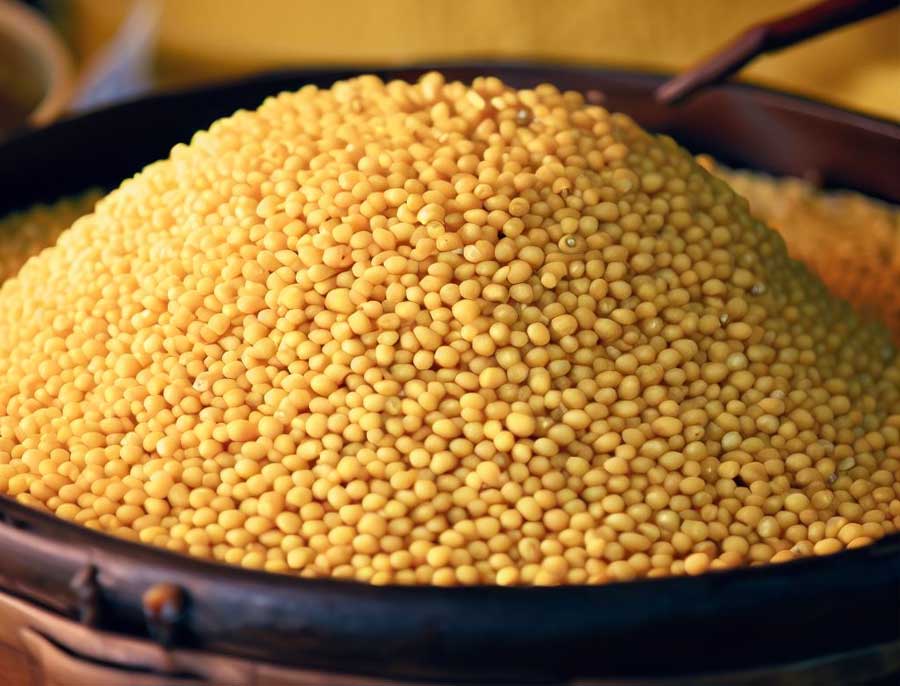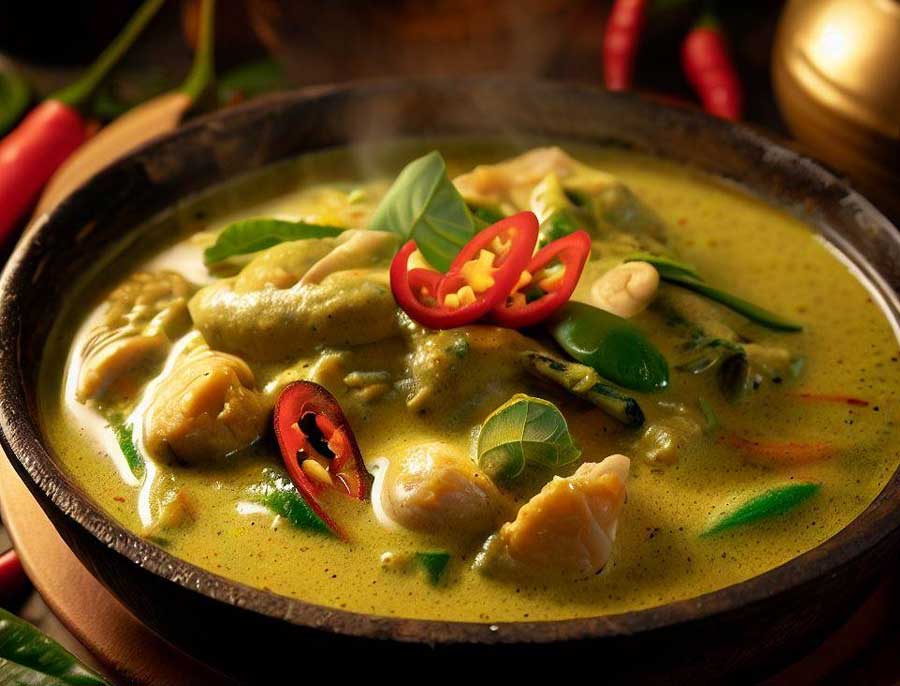When it comes to creating a rich and indulgent curry, one of the key factors that define its quality is its consistency and thickness. A perfectly thickened curry clings lovingly to rice or noodles, offering a luscious coating that enhances every bite.
While many non-traditional recipes rely on flour or cornflour as thickening agents, there are alternative methods that not only maintain the authenticity of the dish but also cater to dietary restrictions and preferences. So with the introduction over let’s learn how to thicken curry without flour or cornflour.
The Flourless Approach: Why Explore Alternatives?
Before we delve into the methods and ingredients for thickening curry without flour or cornflour, it’s important to understand why one might seek alternatives. While flour and cornflour are widely used and effective, some individuals may have dietary restrictions that require them to avoid gluten (found in wheat flour) or corn products (such as cornflour). Additionally, many home cooks and culinary enthusiasts are on a quest for authenticity, seeking to recreate traditional recipes without modern additives.
Embracing Nature’s Bounty: Natural Thickeners
1. Coconut Cream and Milk:
One of the most beloved and versatile ingredients in Thai cuisine, coconut cream and milk not only add rich flavour but also provide a natural thickening effect. Simmering your curry with coconut milk can gradually reduce it to a thicker consistency, intensifying the flavour along the way. For an extra creamy texture, make sure you use top-quality coconut milk. If I’m using tinned coconut milk, Chao Kok coconut milk is the absolute best choice if you want a thick curry.
2. Ground Nuts:
Ground nuts, such as roasted peanuts or cashews, can be finely blended and added to the curry. Not only do they thicken the sauce, but they also infuse it with a delightful nutty aroma. This technique is particularly popular in Thai Massaman curry, where roasted peanuts play a starring role.
3. Vegetables:
Incorporating certain vegetables can naturally thicken your curry while adding depth of flavour. Starchy vegetables like potatoes and sweet potatoes release their natural starches during cooking, creating a thicker sauce. Additionally, vegetables like eggplant and okra contribute to thickness due to their unique texture and properties.
Secret Ingredients: The Culinary Alchemy
1. Tamarind Paste:

Tamarind paste is a magical ingredient that not only adds a tangy twist to your curry but also acts as a natural thickener. Its tartness cuts through richness, while its viscosity lends a delightful thickness to the sauce. It’s a common feature in Thai sour curries like Tom Yum.
2. Ground Rice:
There are many different types of rice in Thailand. One of them is Ground rice, often referred to as roasted rice powder and is a staple in Thai cooking. It’s made by toasting rice grains until golden brown and then grinding them into a fine powder. Adding a spoonful of ground rice to your curry will thicken it while imparting a subtle roasted flavour.
3. Mung Bean Paste:
Mung bean paste, made from cooked and mashed mung beans, is an under-the-radar thickening agent in Thai cuisine. It’s commonly used in Northern Thai dishes like Khao Soi, where it contributes to the curry’s luxurious texture.
Cooking Techniques: Mastering the Art
1. Reduction:
The simplest method for thickening your curry is to allow it to simmer and reduce. As the liquid evaporates, the sauce thickens naturally. Be patient, and you’ll be rewarded with a concentrated, flavoursome curry. This and using high-quality coconut milk should be the only two things you need for a delicious thick curry.
2. Blender Bliss:
For a velvety, thick curry, consider using a blender or immersion blender. Blend a portion of the curry sauce (without meat or vegetables) until smooth, and then reintroduce it to the main pot. This technique not only thickens the sauce but also enhances its creaminess.
3. Potato Power:
Potatoes, when diced and added to your curry, can absorb excess liquid and contribute to thickness. They also release their starch into the sauce, which aids in thickening.
Balancing Act: A Word of Caution
While these alternatives can elevate your curry game, it’s crucial to strike the right balance. Over-thickening can result in a sauce that’s too heavy or starchy, masking the nuanced flavours of your dish. Therefore, exercise restraint and adjust gradually, tasting as you go along.
The Art of Authentic Thickening
Mastering the art of thickening curry without flour or cornflour is not just about achieving the desired consistency; it’s about embracing the authenticity and richness of Thai cuisine. Whether you choose to rely on coconut milk’s creamy allure, the nutty charm of ground nuts, or the culinary alchemy of secret ingredients like tamarind paste and ground rice, the key is to approach your curry with a sense of culinary adventure and respect for tradition.
With these techniques, you now know how to thicken curry without flour or cornflour and not only create sumptuous, perfectly thickened curries but also deepen your appreciation for the artistry of Thai cooking.
TLDR; How to Thicken Curry Without Flour or Cornflour
Use high-quality Thai coconut milk and simmer it to reduce your curry and thicken it up.




